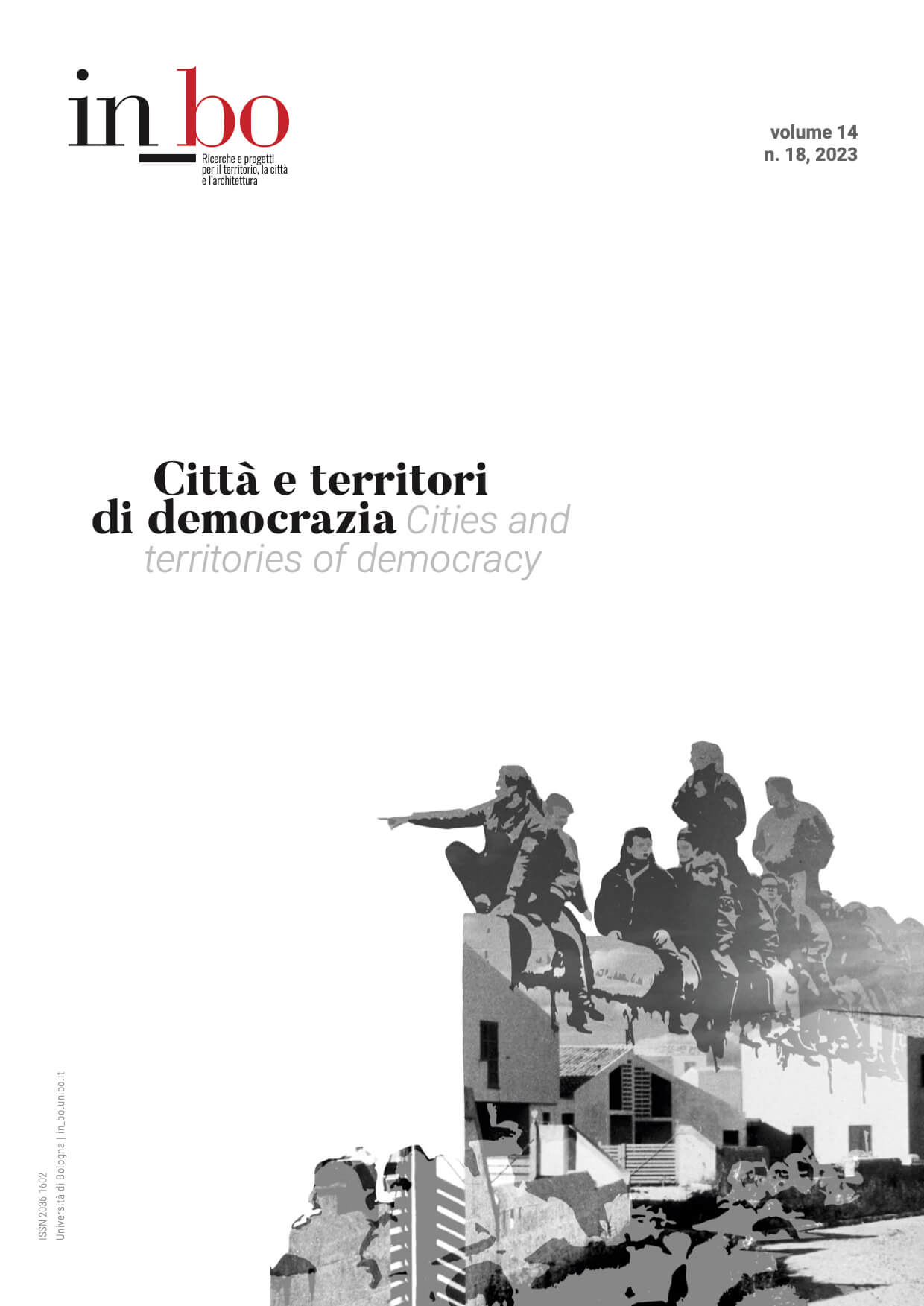Spatial Space and Rights: the Kilometre Zero City
DOI:
https://doi.org/10.6092/issn.2036-1602/17069Keywords:
spatial capital, mobility, interscalarity, proximity, zero kilometre cityAbstract
The forms of power acting on the territory have transformed the city into "a powerful machine of distinction and separation, of marginalisation and exclusion". This is the premise of the essay which, starting from the concept of “spatial capital”, questions how the right to the city should be understood today and identifiesaccessibility to urban resources as one of the key issues of urban democracy.
This means that the project of urban mobility and the design of the network of connections between temporally and spatially distant places are strategic to the reshaping and redistribution of spatial capital, and that the interscalarity between the metropolitan dimension and the neighbourhood dimension is the key to an open and flexible city in which the opportunity to use facilities, wherever one lives, in the centre or on the periphery, becomes effective.
In this scenario, the 15-minute city is one of the most significant proposals that combines the demand of the civitas with the need for the ecological conversion of the polis to realise an idea of shared living.
Downloads
Published
How to Cite
Issue
Section
License
Copyright (c) 2023 Alessandra Criconia

This work is licensed under a Creative Commons Attribution-NonCommercial 3.0 Unported License.





